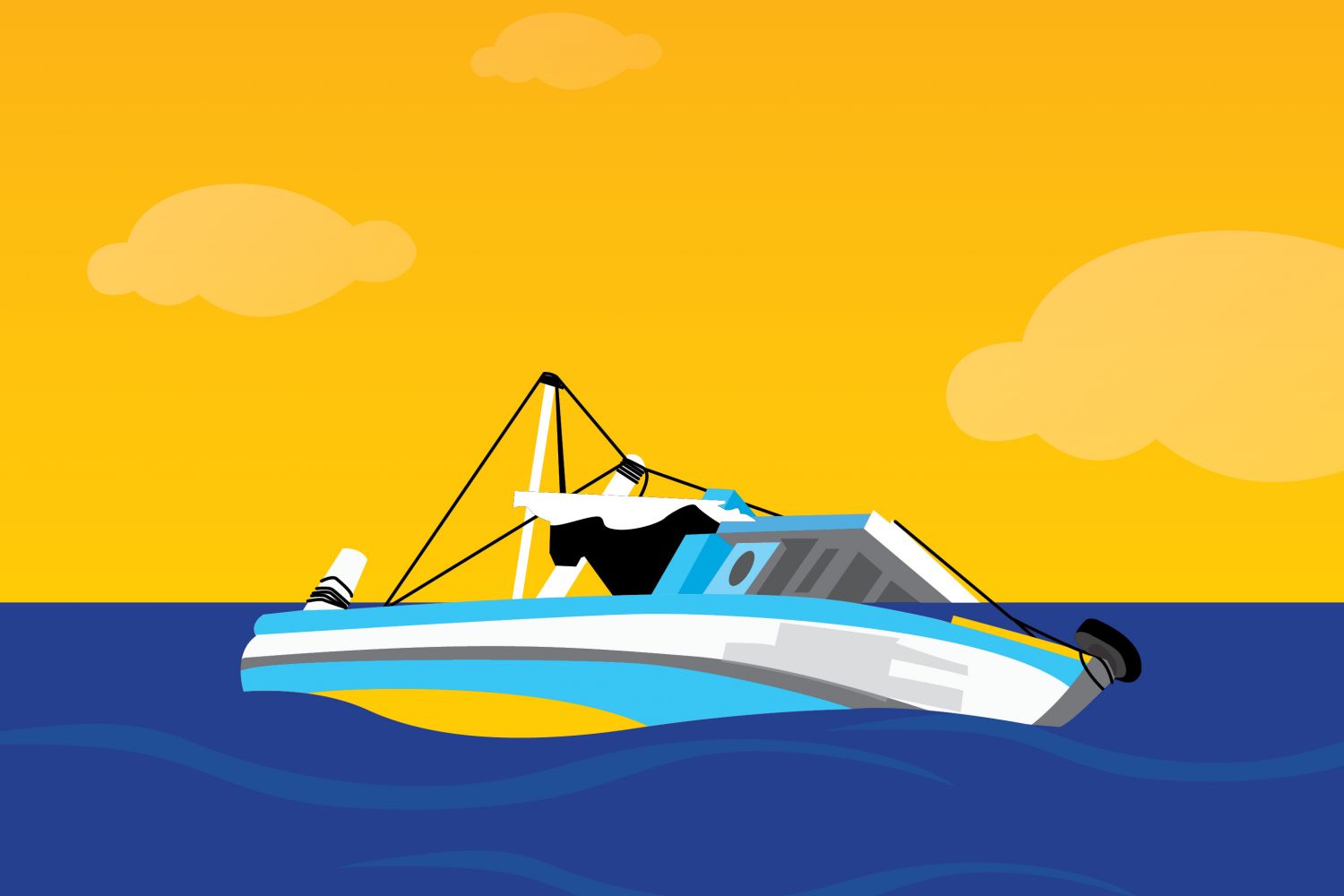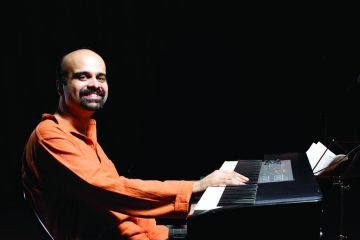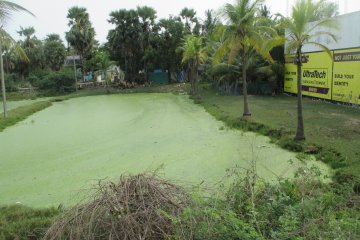
In the makeshift morgue
on recent days at the government hospital in Rajahmahendravaram in East
Godavari district of Andhra Pradesh, it was hard to tell which was worse: being
dead or waiting for the dead to arrive.
The place felt
depleted of air; the stench of death pervaded the entire place. It stuck to
your nostrils, cemented at the back of throat, with a recurring sensation of
nausea and a desire to throw up. It fastened on to the policemen collecting
details and writing reports; it





